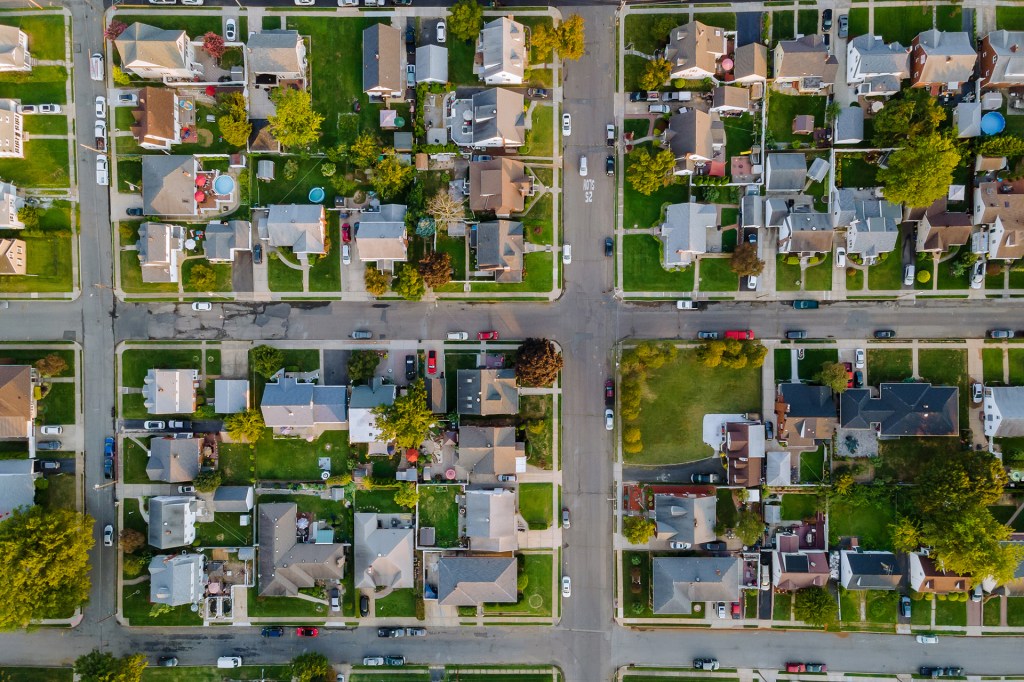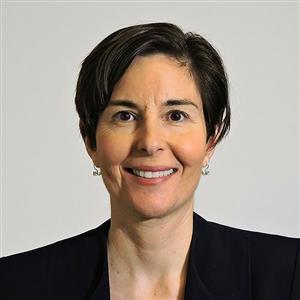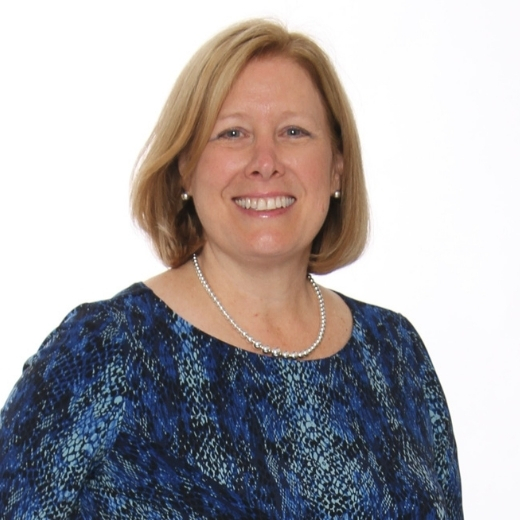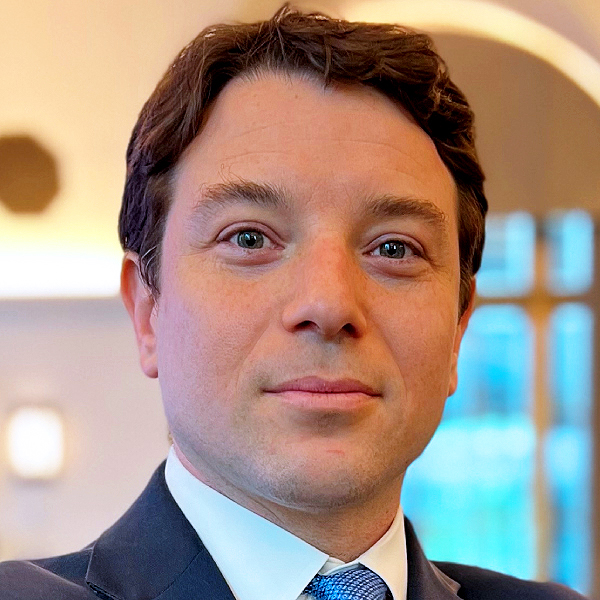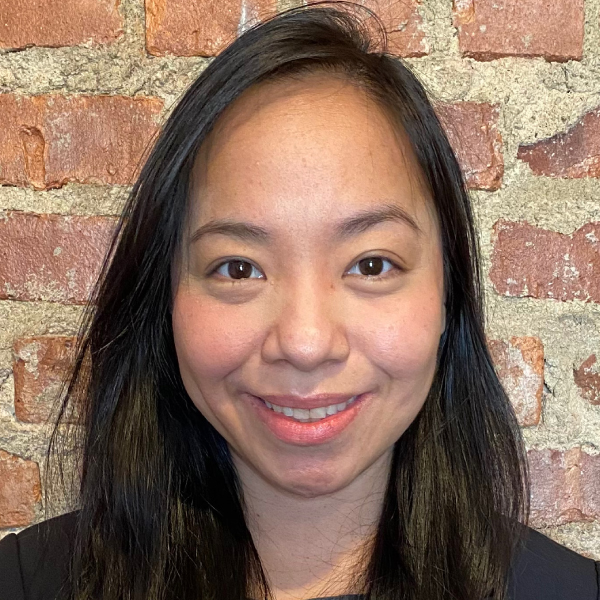Securing, financing, and constructing affordable housing has become a challenge in many communities across the United States, especially over the last few years. In low- and moderate-income (LMI) communities particularly, affordable housing is less available, forcing people to find alternate ways to house their families.
With homeownership becoming more and more out of reach and rent continuously increasing, organizations across the country are taking innovative approaches to create more affordable living situations for LMI Americans. Creating affordable housing is not an issue that can be solved overnight, but even small steps can lead to impactful outcomes. Some of these steps include diving deeper into private investments in affordable housing to learn more about where and for whom these investments are happening. Other steps include creating ways for LMI earners to secure the financing to purchase a home, and constructing affordable homes in LMI communities so that there are more units available for purchase or rent.
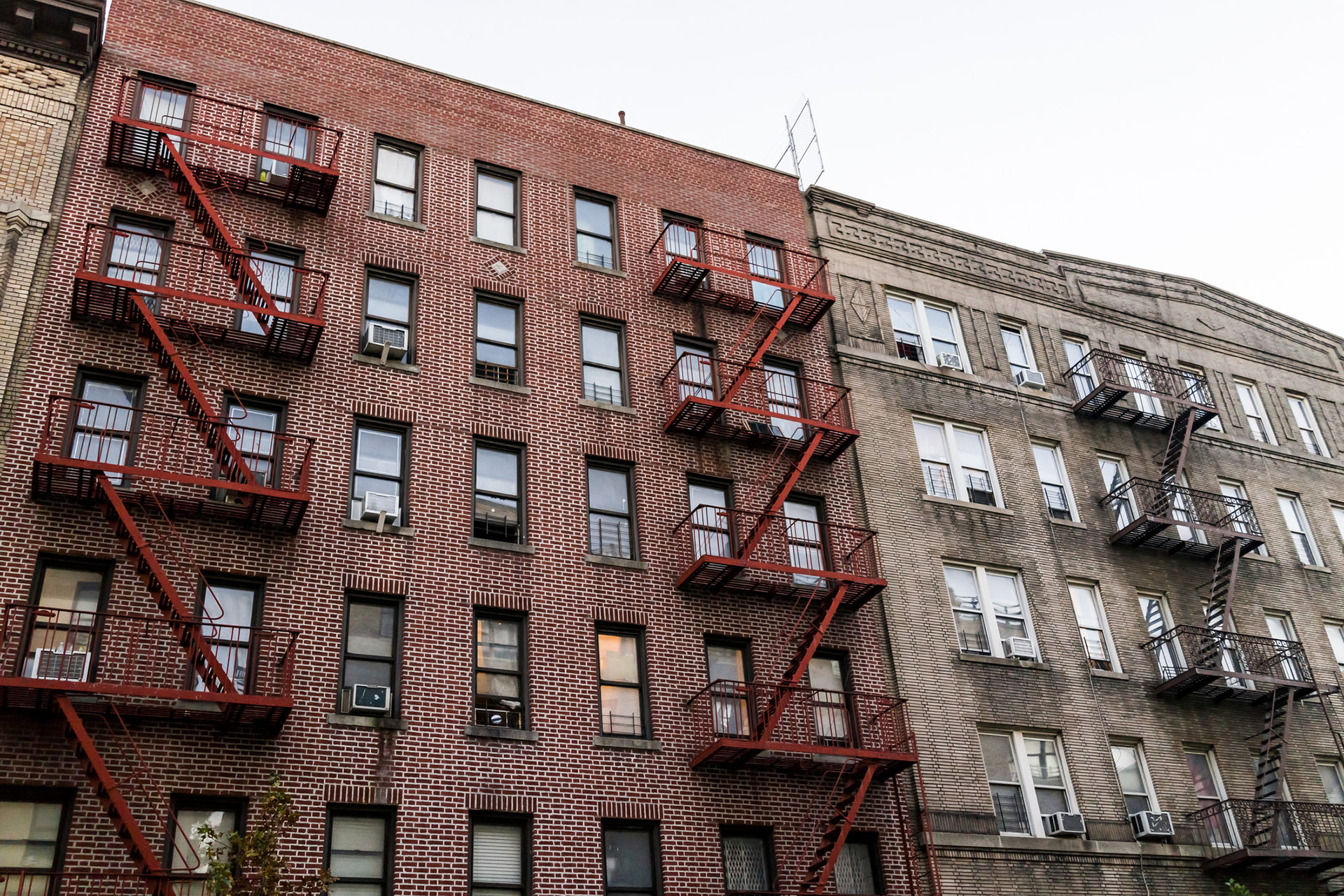
New York: Studying private investments in affordable housing
In the Federal Reserve’s Second District, the Community Development Department at the New York Fed can see that institutions and individuals are privately investing in affordable homes and housing units. However, data on private investment in affordable housing is scant. It isn’t always clear if private investments are growing, what tenant income they’re intending to serve, or what regions they’re investing in.
Jonathan Kivell, director of community investments, and Maria Carmelita (Carmi) Recto, a community development specialist, set out to change that. They identified a universe of private investment in multifamily affordable housing, fostered connections with investment managers, and reached out with a survey. The 15 organizations that responded to the survey have a median 5,619 affordable housing units in their portfolios and have, since 2017, raised a median $300 million for private investments, excluding Low Income Housing Tax Credits or Opportunity Zone investments.
The survey responses were illuminating:
- Most respondents said they plan to raise more dollars in the next two years than they have in the previous five years.
- Respondents are most actively investing in the Southwest.
- Respondents whose capital comes mainly from banks invest in affordable units predominately serving households earning 60 percent or less of area median income.
- Respondents whose capital comes mainly from nonbank investors serve households with incomes above 60 percent of area median income.
The information Kivell and Recto gathered gives researchers, investors, banks, and affordable housing advocates and developers a sense of what private capital investments mean for both investors and tenants.
“More study is needed on the impact private investment is having on both the supply of affordable units and the rents charged for them,” Kivell said. “The survey gives us the opportunity to keep engaging with stakeholders on this critically important topic.”
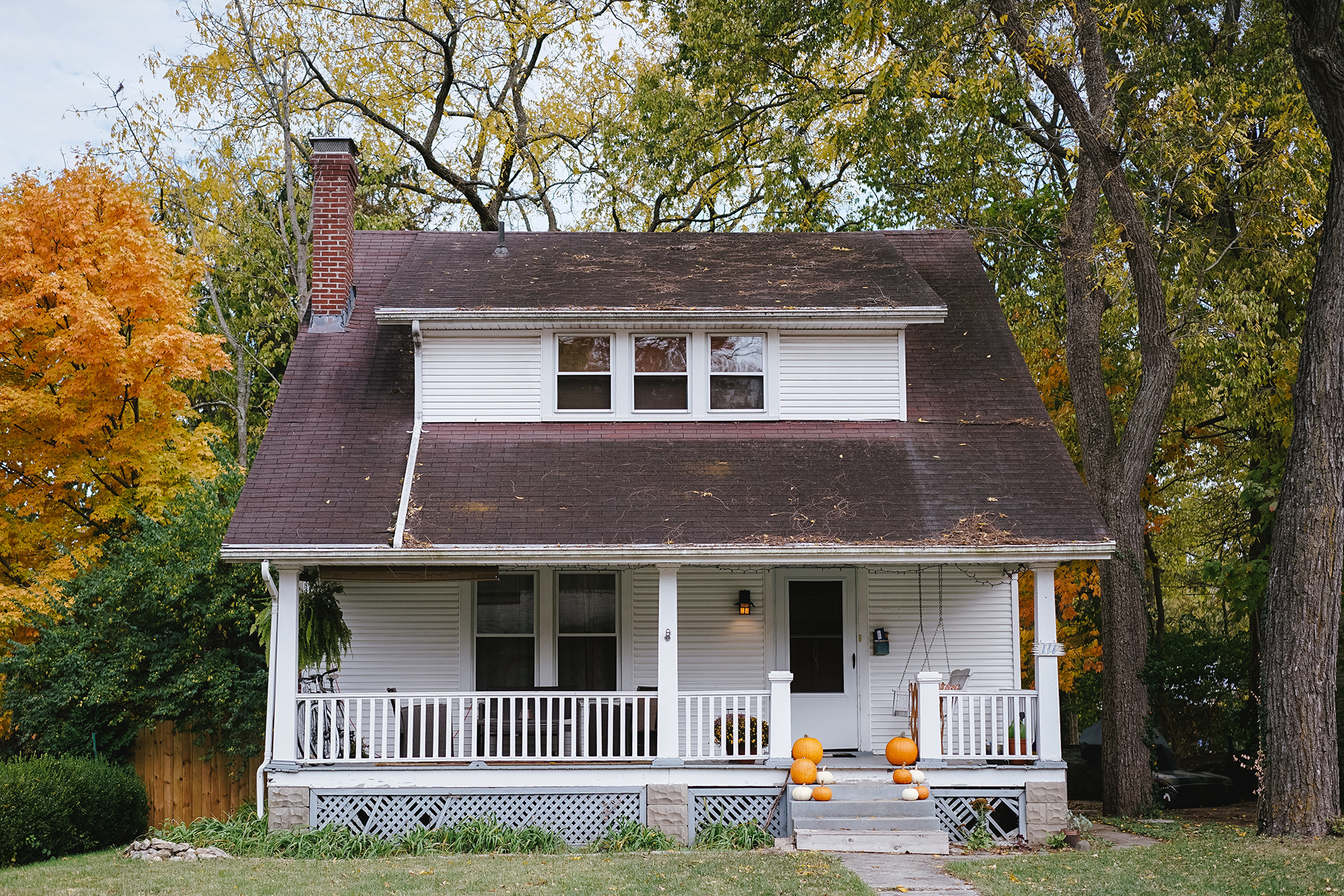
Ohio: Homeownership entry via small-dollar loans
In the Federal Reserve’s Fourth District, which covers Ohio, western Pennsylvania, eastern Kentucky, and the northern panhandle of West Virginia, organizations such as CHN Housing Partners are creating an entry point to homeownership for LMI earners by addressing the need for small-dollar mortgages.
In “Small-Dollar Mortgages Offer Much-Needed Entry into Homeownership,” Bonnie Blankenship, community development outreach manager at the Cleveland Fed, defines small-dollar mortgages as loans of $100,000 or less. These mortgages are often hard to come by because lenders are reluctant to offer loans that won’t earn them much profit from interest. Through programs like the CHN Housing Partners Believe Mortgage, LMI earners are getting a chance at homeownership. Bonnie shares that significant percentages of mortgages in both rural and urban areas were for less than $100,000, proving that small-dollar loans are helpful entry points to affordable homeownership. Small-dollar mortgages are especially helpful for communities in the Fourth District because many offer single-family homes at or below the $100,000 price point.
In providing what many consider “small” loan amounts, small-dollar mortgages can help bridge the gap between potential homebuyers and homeownership. The average Believe Mortgage loan is just $89,000. For those with imperfect credit, LMI borrowers, and people of color especially, these loans create an entry point for many borrowers who might otherwise have been left out of the housing market.
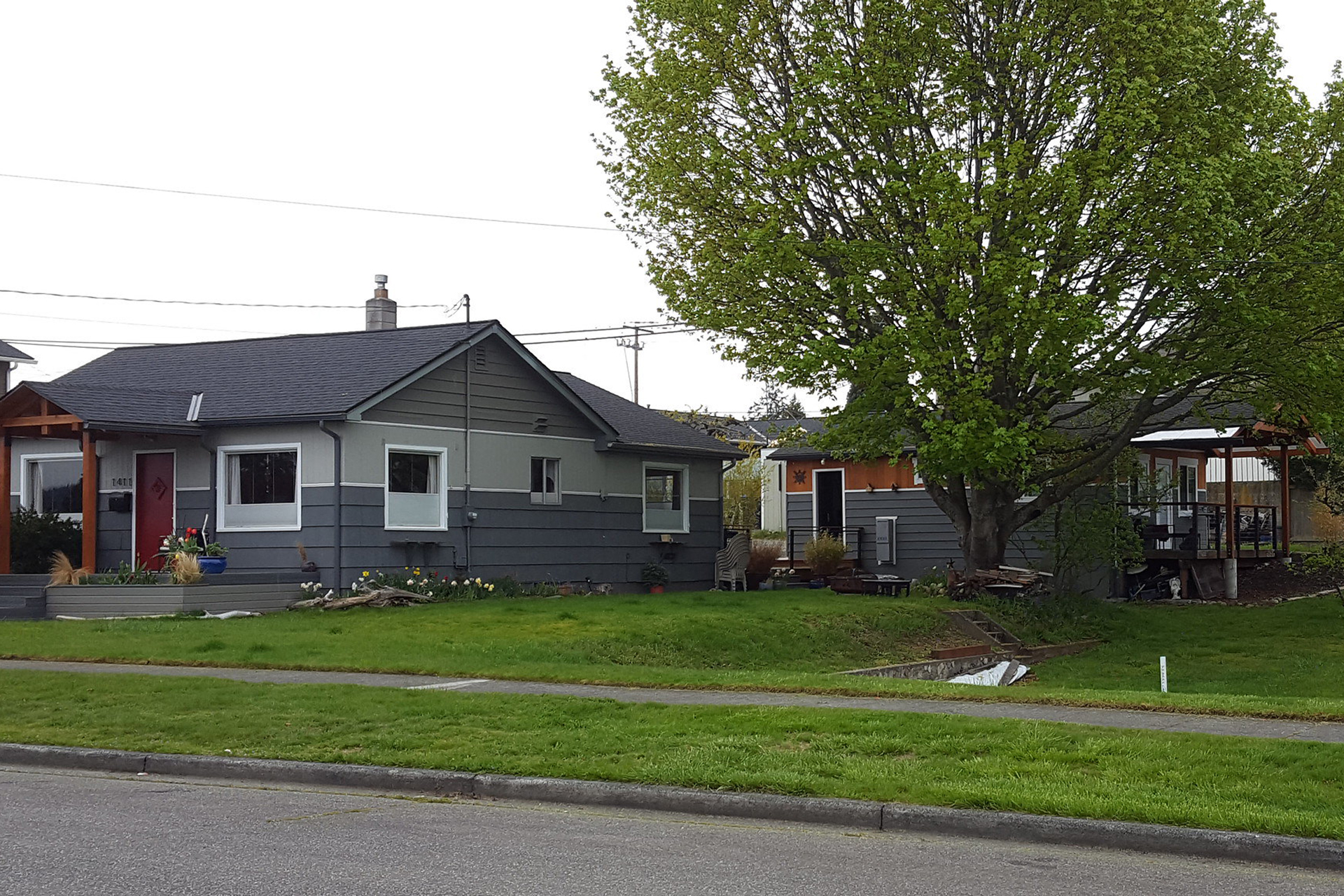
California: Accessing and financing accessory dwelling units
The lack of affordable housing is a persistent problem for the Federal Reserve’s Twelfth District too. However, through state legislation, California is striving to create affordable living situations by constructing more accessory dwelling units (ADUs). ADUs are smaller, independent living spaces on the same lot as a single-family home.
“Because of their small size, ADUs are typically affordable by design,” writes Leilani Barnett, senior outreach manager in the Community Development Department at the San Francisco Fed in her blog post “From Legislation to Application: ADUs as a Response to Housing Affordability Challenges.”
Although ADUs are an innovative approach to creating affordable housing in California, there are still challenges to constructing them. For most homeowners, securing the right amount of funding to construct an ADU is the biggest obstacle. Often, homeowners can access only 80 percent of the equity they have in their existing home because most lenders consider the addition of an ADU a home remodel. Lenders do not typically recognize the added value an ADU will bring to the already existing property. This often creates reluctancy in lending.
However, organizations such as Self-Help Enterprises (SHE) are helping make ADUs attainable through their ADU Financing Program. “SHE’s ADU financing program provides up to $140,000 in financing for ADU development on owner-occupied properties to homeowners with an annual income at or below $159,000. Interest rates for the program range from 1.4 to 3.08%, and terms range from 10 to 12 years,” says Susan Long, program director at SHE.
Similar to small-dollar mortgage loans, ADU financing programs like the one offered at SHE help create opportunities for affordable housing in LMI communities.
A complex issue requires many solutions
The solutions highlighted here are just three ways districts across the Federal Reserve System are addressing the lack of affordable housing in LMI communities. Although supply and financing appear to be consistent challenges across the nation, the lack of affordable housing is a complex issue with many layers. With more understanding comes more innovative solutions…and more entry points to homeownership for LMI individuals and families.






